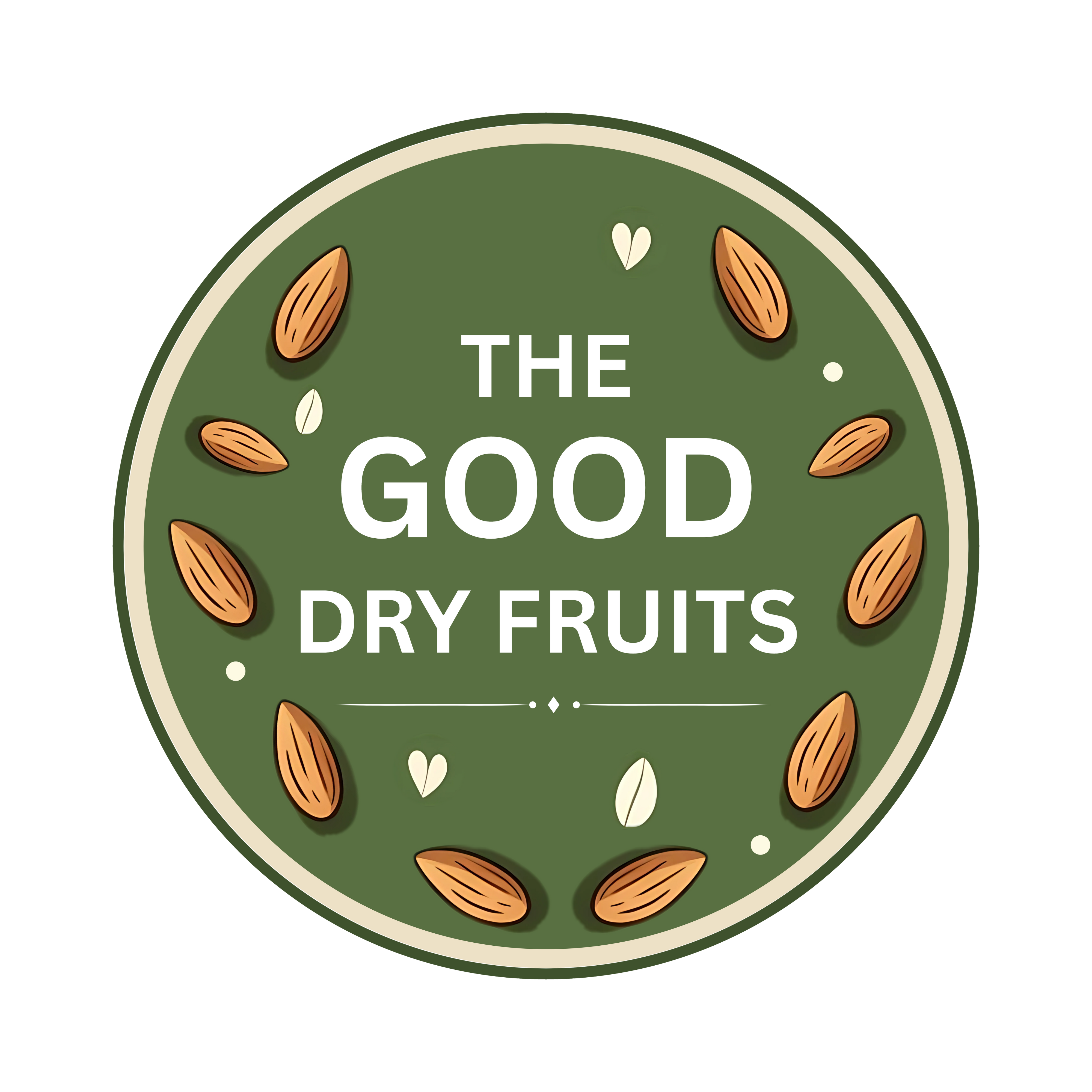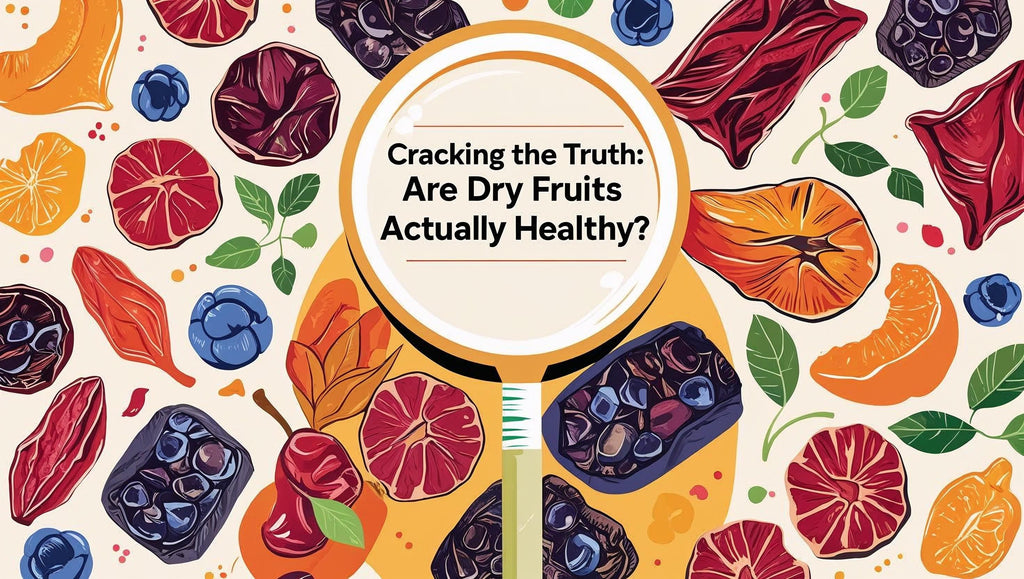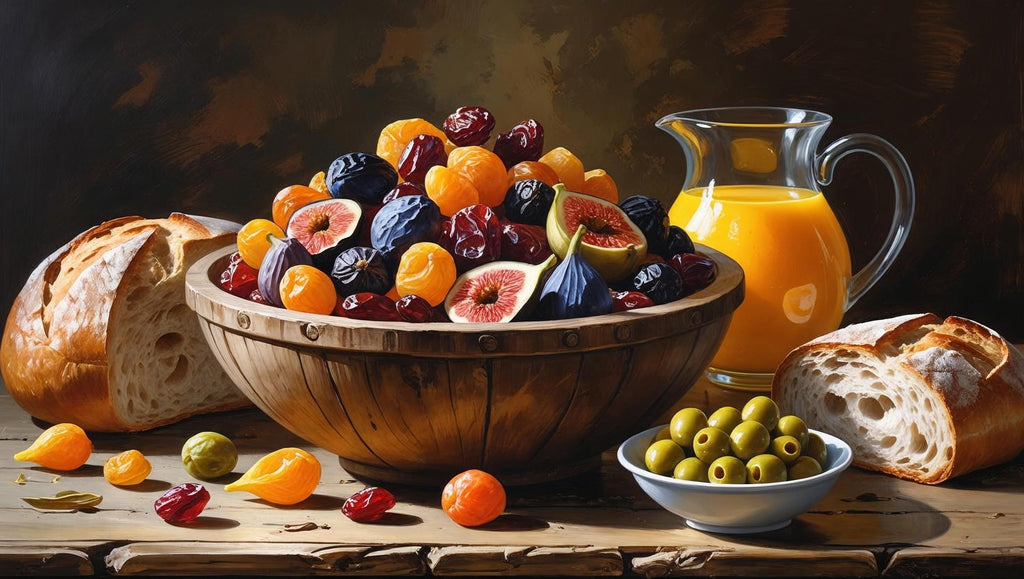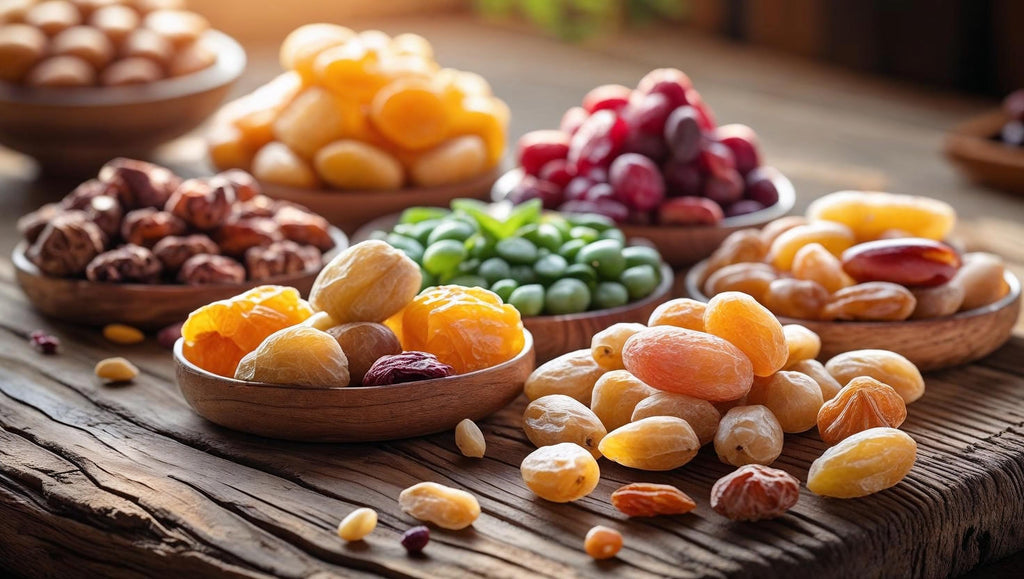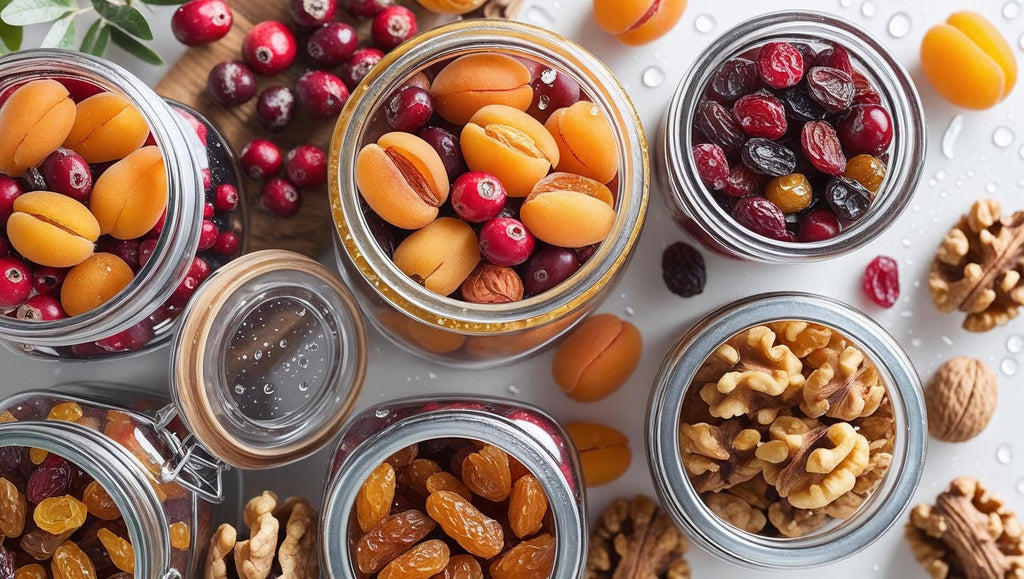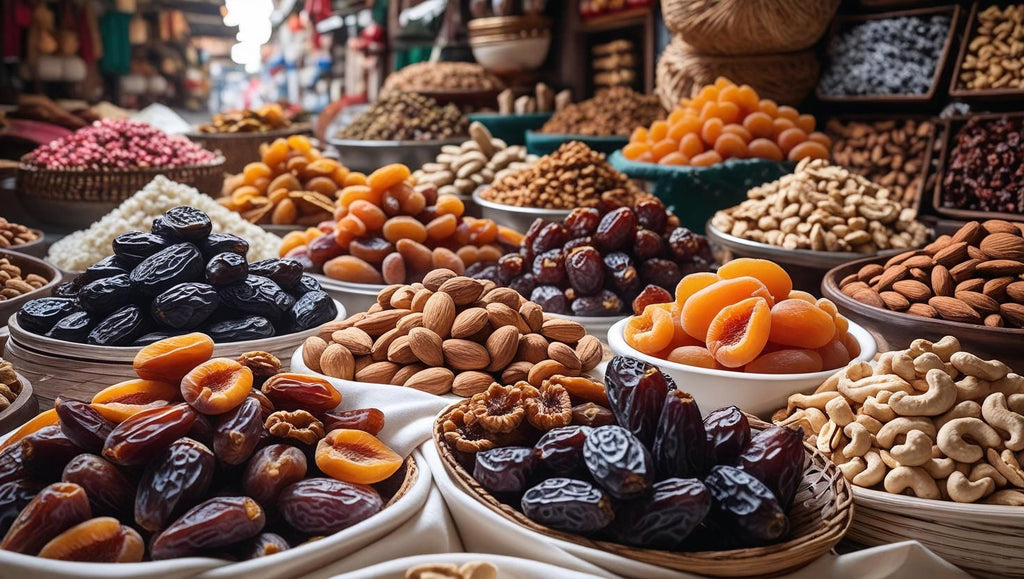
From Bazaar to Breakfast: The Journey of Dry Fruits You Never Knew About 🌍

The Incredible Journey of Dry Fruits | History, Origins & How They're Made
Ever popped an almond in your mouth and wondered where it came from? Probably not.
But the truth is, every dry fruit in your kitchen has been on a journey—across countries, climates, and centuries—before ending up in your morning granola.
Let’s rewind time and trace their roots.
1. The OG Travel Snack of Ancient Civilizations 🚚
Long before protein bars existed, there were dates and figs. Dry fruits were the go-to snack for ancient traders and travelers. Why? Long shelf life, high energy, and zero need for refrigeration.
-
Dates fueled desert caravans in the Middle East
-
Almonds were prized in the Persian Empire
-
Raisins were used by the Romans to reward athletes
Dry fruits weren’t just food—they were currency, sustenance, and survival.
2. How They’re Made: It’s Not Just Sun and Patience ☀️
You’d think it’s simple—just leave the fruit out in the sun and wait. But modern drying involves science.
There are three main methods:
-
Sun drying: Traditional and chemical-free, but weather-dependent
-
Oven drying: Faster, but risks nutrient loss
-
Freeze drying: Expensive, but keeps flavor and nutrition intact
Sometimes, what you get in a store is a mix of all three.
3. A Global Cast of Characters 🌎
Your everyday mix of dry fruits might have passports you never knew about:
-
California gives you almonds and prunes
-
Afghanistan brings those prized long raisins
-
Iran? The land of soft, sticky dates
-
India? Home to cashews, anjeer (figs), and locally grown almonds
So that morning handful? It’s basically a world tour in a bowl.
4. The Unsung Heroes Behind the Scenes 🙌
Behind every dry fruit is a farmer, a worker sorting by hand, and a supply chain that spans mountains and markets. These are often small-scale growers working in tough climates, relying on age-old techniques passed down generations.
Every bite has labor behind it—and a legacy.
5. So, Next Time You Snack…
Think about what went into it. Not just the sun and soil, but the stories, hands, and history. Dry fruits are more than food—they’re fragments of trade routes, family recipes, forgotten villages, and human effort.
Maybe it’s time we appreciate them beyond taste and price.
Final Thought
Next time you toss a few into your mouth, pause. That almond didn’t just grow. It traveled. It survived. It made it to your breakfast for a reason.
Let it remind you that food can still have a story—and sometimes, it’s older than you think.
